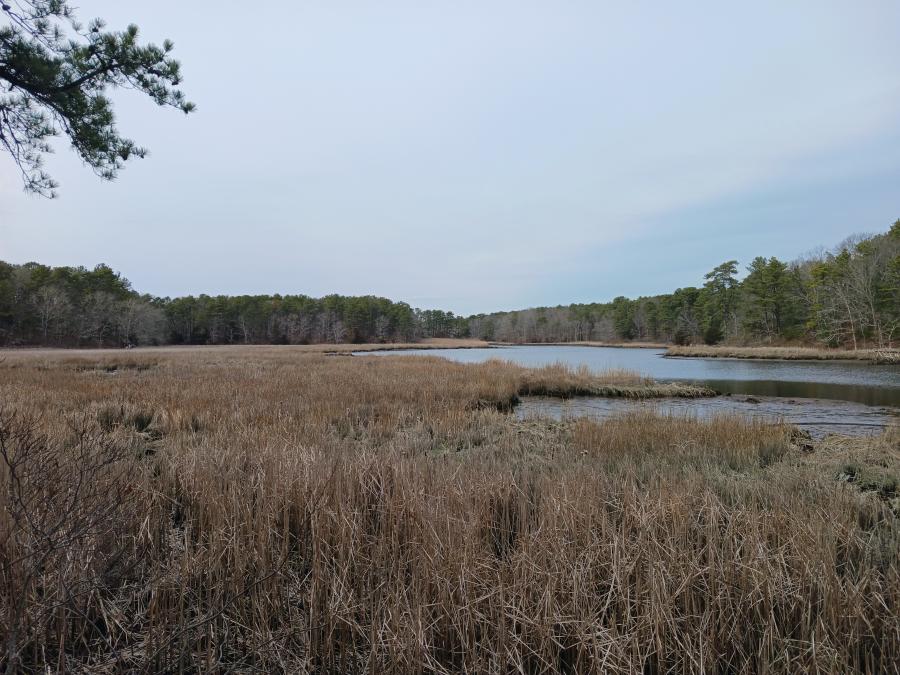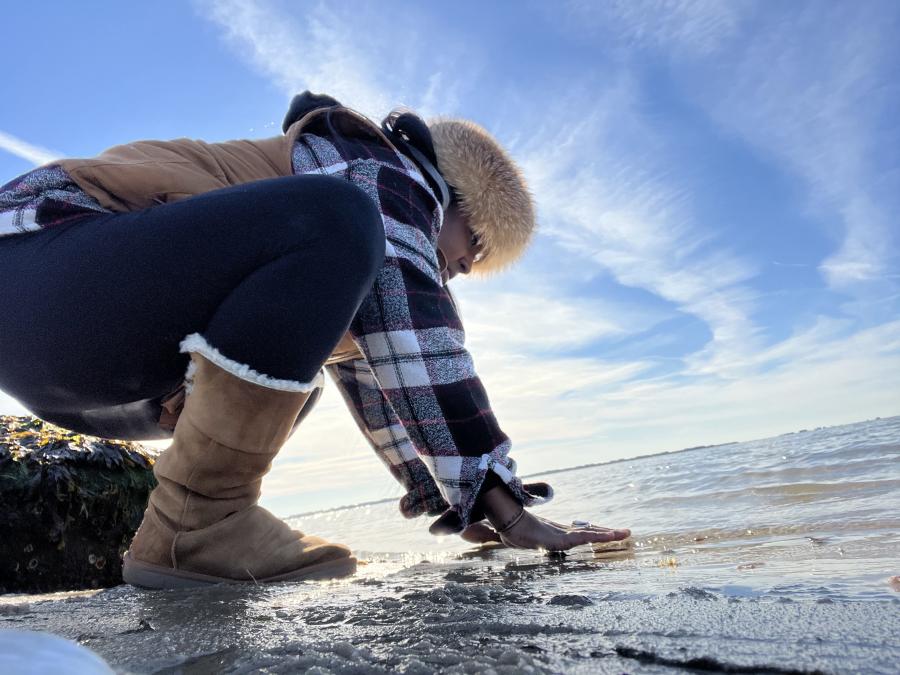Mayflower: A Story of Courage, Community, and War
By Nathaniel Philbrick
New York: Viking, 2006
ISBN: 0670037605
Reviewed by Linda Coombs
The new moon in May is the time of the Wampanoag New Year, when Mother Earth brings forth new life and new light after a dark winter season. Ironically, it was the new moon in May last year when Nantucket author Nathaniel Philbrick published his newest book, Mayflower. It was immediately accepted as a work of enlightenment that flew off book store shelves, received many positive reviews, and made it onto the New York Times best-seller list.
This is the third “Mayflower” to arrive in Wampanoag territory. The original of 1620 remains for us the symbol of the tidal wave of colonization that flooded in its wake. Museum visitors find the Mayflower II, a recreation of the original, on the waterfront in Plymouth, Massachusetts, where she reiterates the symbolism of her predecessor. To indigenous sensibilities, this is a constant reminder of the sting of colonization.
Mayflower the third could have shed some light on the distortions with which American history is fraught. Instead it follows a darker path. The book has been hailed as telling a part of history that has not been elaborated on heretofore. It begins in England with the events that brought the English here, continues past the so-called First Thanksgiving through King Philip's War of 1675. It also is praised for including the Wampanoag perspective, as we are included far beyond the singular mention usually afforded us in the mythology that embroils the first year of contact.
These two points may be true for the general population of readers and reviewers who came through the American educational system learning little more than the standard tale of the First Thanksgiving. If one has not been exposed to all the available resources, including native people themselves, then the information in Mayflower does appear to be a revelation. In actuality, there is nothing new in Philbrick's interpretation of the events being described, except the content and number of historical and cultural inaccuracies with which the pages are riddled. He has used deeply ingrained stereotypes, misconceptions, and gross cultural error to create a sensationalistic setting to recreate this history.
Philbrick's book embodies what Abenaki scholar and historian Marge Bruchac terms “re-colonizing”: the use of misinformation without considering the false and degrading impression it perpetuates regarding Native people's characters, cultures, and feelings. Compounding such distortions is simple irresponsibility, for which literary license is no excuse.
One example is Philbrick's reference to the name Hobbamock. That man, who allegedly was named for a spirit entity, served as a liaison to the English. The settlers' 17th-century uninformed perception equated the spirit and the name with the devil—a concept that does not exist in Wampanoag culture. Philbrick, relying on the colonists' misinformation, states that the English had to contend with a man named Satan. In seeking out the work of Jessie Baird of the Wopanaak Language Reclamation Project, however, a much different picture emerges. Basic linguistic analysis reveals that "Hobbamock" is actually an English contortion of "Ahahpamuk," which translates as “one who is humble.”
It is difficult to fathom how or why certain conclusions, such as the one above, were made. They do not seem to be based on any viable historical or cultural source or on analytical thinking. Rather they appear to be randomly drawn for purposes of sensationalizing.
The book has been deemed an easy read, and indeed, it does compel the reader along in a smooth and dramatic flow. This can be a deceptive mechanism, as it couches a wide array of derogatory images that range from the blatant to the dangerously subliminal. They slide right by if one does not have the historical or cultural awareness to catch them. To illustrate, there are several instances where sachems are described as manipulative, self-serving, power hungry individuals. Such descriptions are the antithesis of these leaders’ characters, but the passages are written in a manner that catches the reader up with tension, intrigue, and excitement. And, as many readers are not familiar with 17th-century Wampanoag government and community structure, there is the dangerous potential that these false and damaging images will be accepted at face value.
Despite claims of including the Wampanoag perspective, the writing style and phraseology are Eurocentric. While English misdeeds to native people are related, native people still come across in a negative manner, while, by contrast, the English come out looking good. The tone and attitude embedded in the wording cannot help but reinforce stereotypes. It is one thing to quote 17th century perspectives, but Philbrick expresses them in his own voice. He offers no corrective critical analysis of erroneous or demeaning verbiage; rather he gives it credibility by his usage. The English, for example, commonly referred to native people as “savages,” “heathen,” and the like. In their explorations of Cape Cod, they were fearful of meeting native people. In one of many, many such references throughout the book, the author states that that particular landing place could be “full of hostile natives.”
There is only one way to include Wampanoag perspective: talk to Wampanoag people. It can only come from us. It is not just writing about us. It requires being able and willing to incorporate our thinking into the text in a balanced manner, realizing our commentary might be very different from that from any other source. It is mistaken to think that mere inclusion is the same as appropriate and respectful representation. Cultural distortion, bias, and factual error, supposedly well-intentioned or otherwise, are in no way acceptable alternatives to omission and historical erasure.
The events of history are not fodder for manipulation, nor is history itself an object for random juggling to suit a given purpose. History is made up of human beings—our ancestors—who wait for us to regain the balance that only equal weight and room for all the voices involved can bring. It is a woven fabric, not a single thread.
Linda Coombs, an Aquinnah Wampanoag, is associate director of the Wampanoag Indigenous Program at Plimoth Plantation, Massachusetts.



